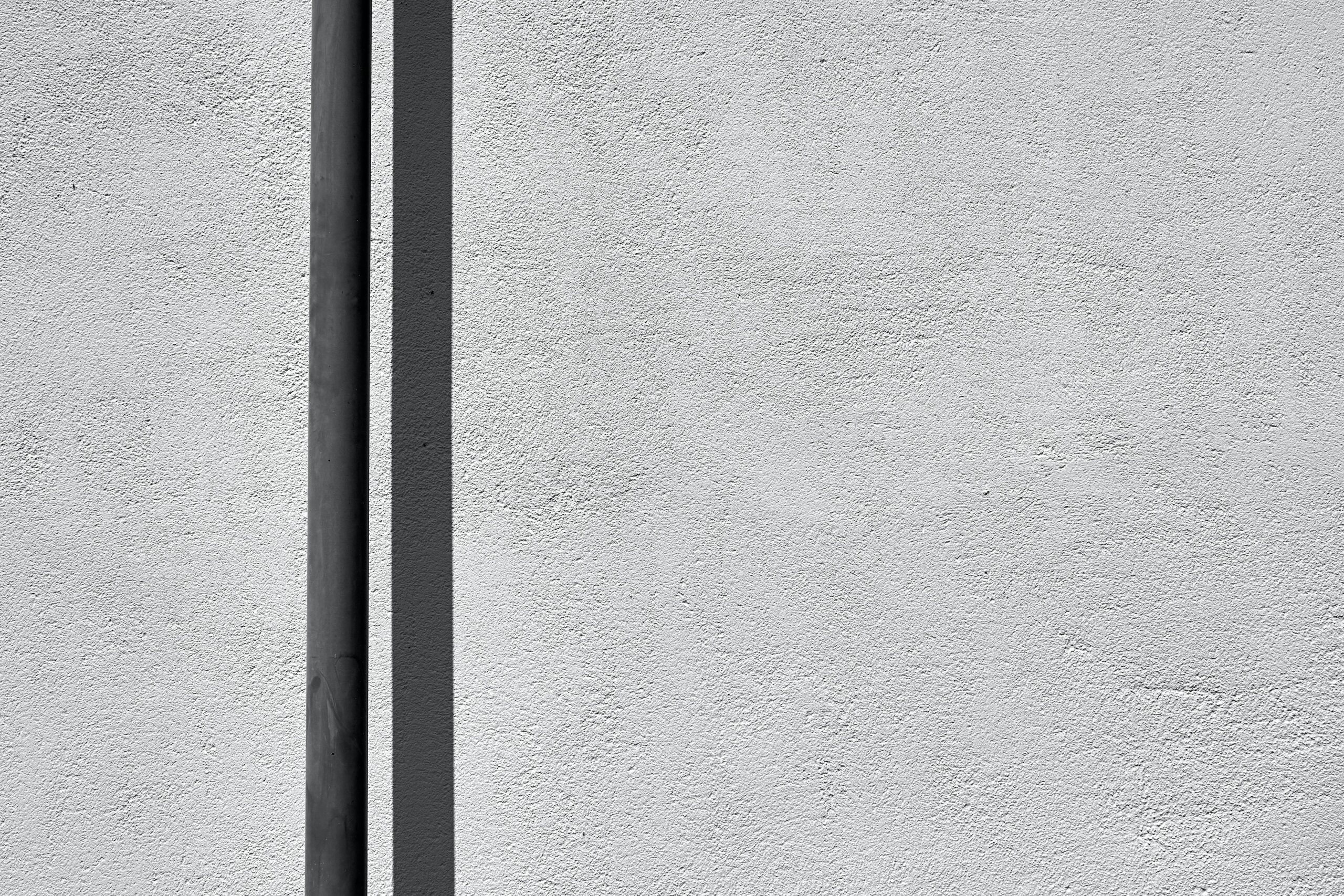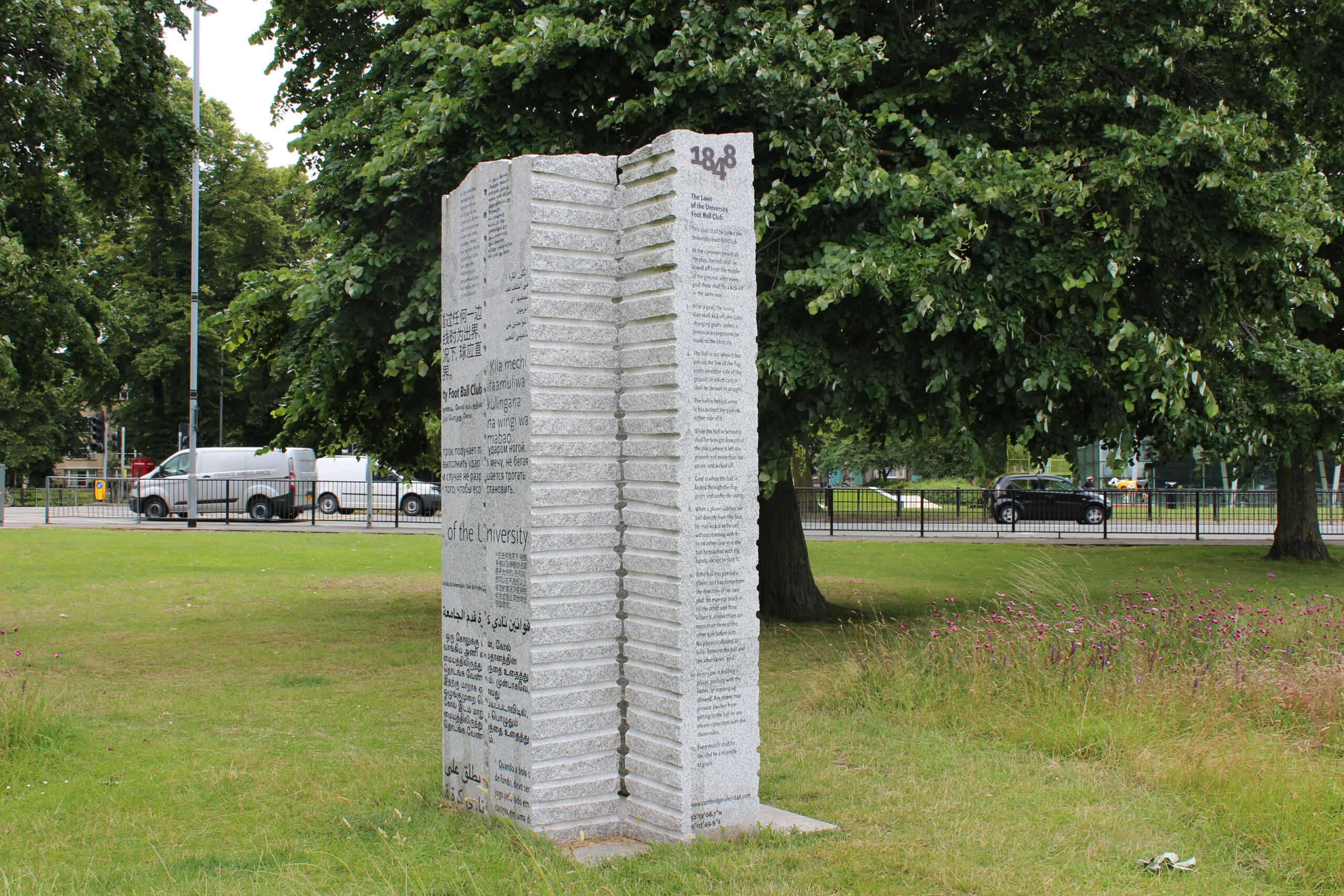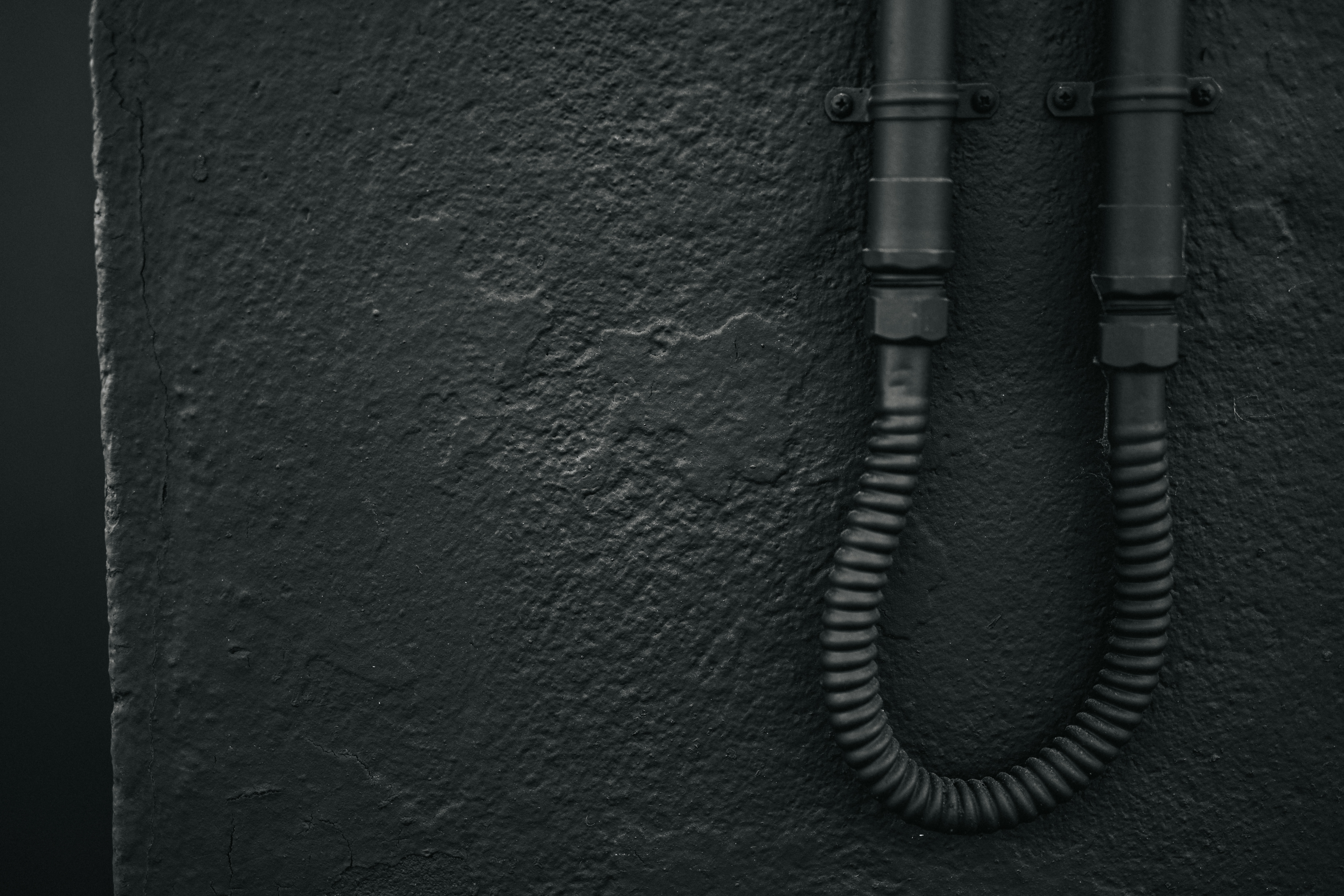How to fix leaking, noisy, or frozen water supply pipes, as well as how to find leaks in the underground network of pipes For any homeowner, a water Pipe Leaks or a damaged pipe may be a significant headache. In modern water delivery systems, copper is the most commonly utilized material, and fittings such as elbows, troughs, and other designs are soldered together.
How to Permanently Repair a Copper Pipe Leak:
Learn how to fix a that’s hidden inside a wall in this instructional video. A pinhole leak in this relatively recent Pipe Leaks was causing water to seep into the wall cavities between the studs. I could hear spraying from the wall, and the wall itself was damp from the water. As soon as the wall started to feel damp, it was evident that the leak had to be somewhere above that point.

The damaged section of the pipe must be taken out and replaced with a new one. A tiny bit of copper pipe, two straight couplings, and a tubing cutter are all you’ll need for this project. The “tube stop” should not be present in either of the couplings. Once the replacement component is in place, it may slide it into place on top of the pipes without removing it first.
Shut off the water supply:
Activate the water shutoff valve for these pipes. Turn off the house’s primary water valve if necessary. Turn on a faucet or hose bib that is not ordinarily used to drain water from the Pipe Leaks. It is possible for a pipe or fitting to develop a leak, and a considerable amount of water will spray out due to the tremendous pressure (about 50 pounds per square inch) that the water is subjected to when the leak occurs. lower than the source of the leak to drain the excess water For further details, refer to How to Turn Off the Water Flow for more information.
Cut the wall down:
If required, cut a hole in the wall to get to the pipe. Prepare the space as needed with drop cloths and the like, because this will be a disaster. Just inside the wall stud positions, plan to make vertical cuts. Cutting material in a straight line using a utility knife or a reciprocating saw is recommended. Can cut out the damaged piece of the pipe with a hacksaw.

Make two cuts, about 10 or 12 inches apart, on either side of the Pipe Leaks. In some cases, a compact tube cutter, such as the one shown, or a metal-cutting blade in a reciprocating saw can be utilized, depending on the pipe’s location. Measure the distance between the two remaining cut pipes and cut the replacement piece about 1/4 inch shorter than the original piece.
Should apply flux to the ends of all pipe segments:
Flux all pipe ends after sanding them with wet sandpaper to remove burrs. Slide the coupling onto the pipe to see if it’s a good fit. At each end of the new component, you’ll need a connection like this. Finally, solder the top coupler into place. I am starting with the top fitting, welding the new and old pipes together. Use extreme caution around any open flame and keep a fire extinguisher handy.
Soldering of Bottom Component:
Using the same procedures, attach the lower coupler to the pipes. After the pipes have had a chance to cool down, turn the water back on. When draining the pipes, be sure to close any open faucets. When using the faucets in your home, be aware that they may sputter and spit water and air until the air has been removed from the pipes supplying your water. For the most part, this will end after a few usages.
Must repair the wall:
Once you’re sure that the Pipe Leaks have been repaired and the wall has had enough time to dry, you can restore the wall parts that I removed. A couple of wood blocks may be necessary for nailing or screwing down the wallboard. See How to Hang Drywall for more information on how to attach the Drywall.

